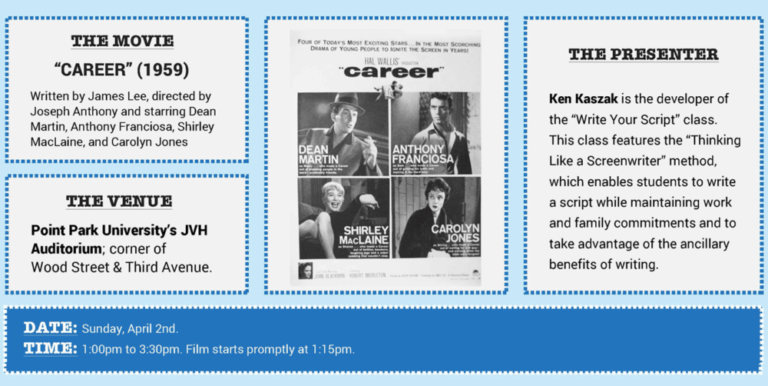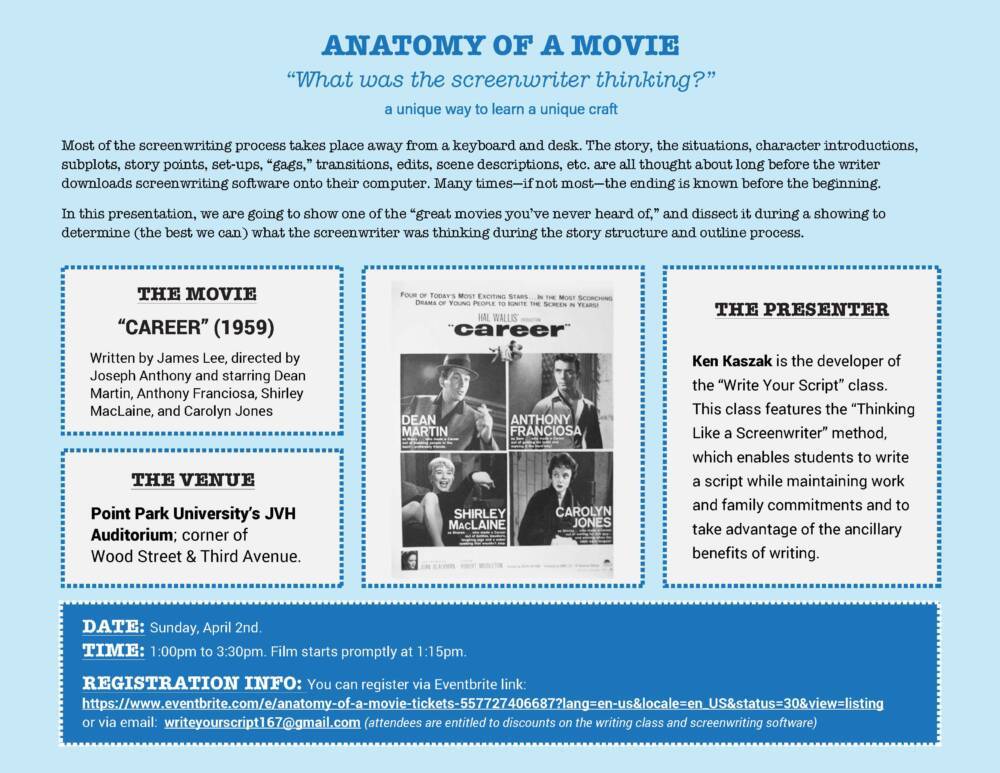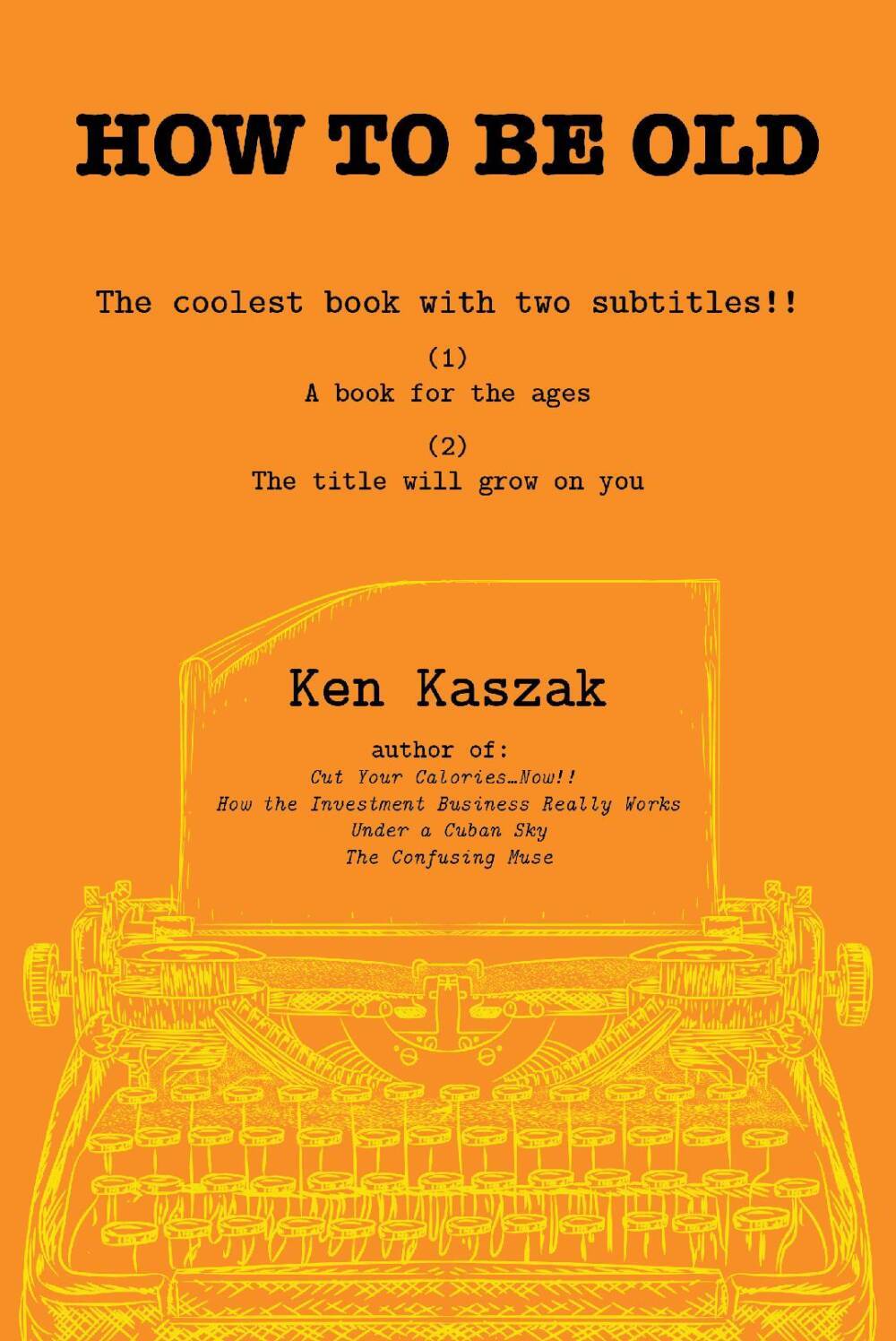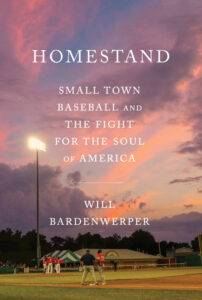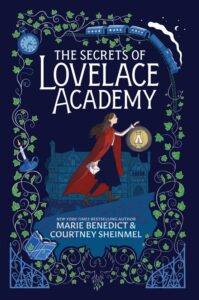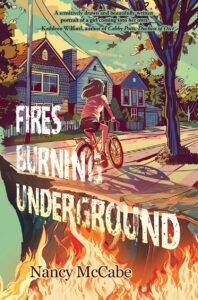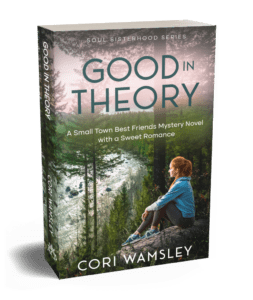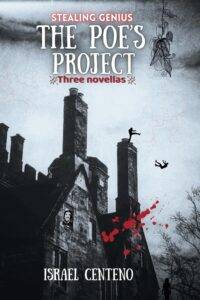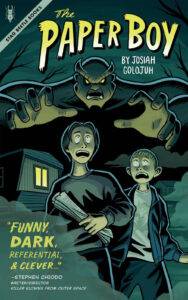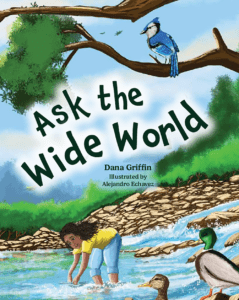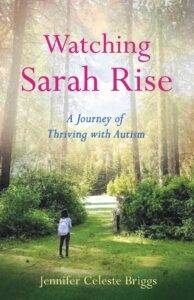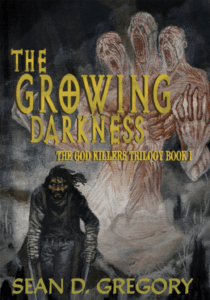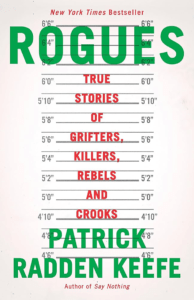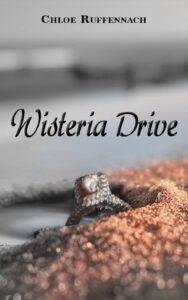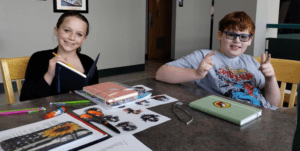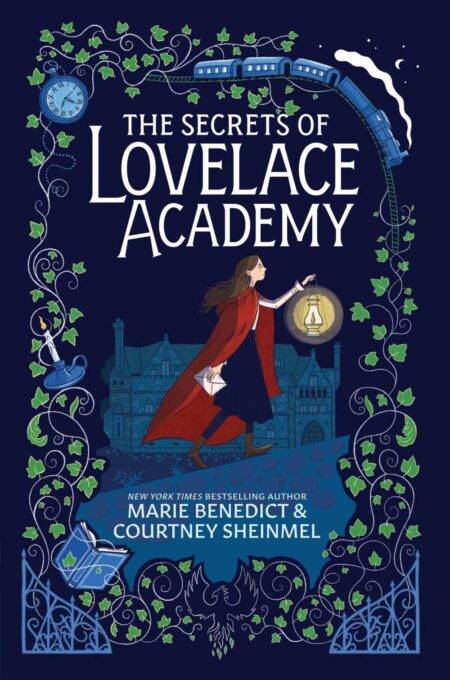Anatomy of a Movie is a free local series in which Ken Kaszak “shows a well made (but sometimes not well-known) film to give insight into how the writer conveys some of the 27 items involved in screenwriting.”
Event The next session is on April 2nd at Point Park’s JVH Auditorium, and we caught up with Ken to learn more about it (and him!)…
Can you tell us a little bit about Anatomy of a Movie?
I teach a writing class. My class is unique because it focuses on the cathartic and ancillary benefits of writing. The class is a screenwriting class but, as a screenplay, is the hardest format to write, one can write anything if they have properly “trained their brain” to think like a writer.
What’s your “writing resume”?
I started writing screenplays. I wrote a couple to get my “garbage” out of me. The third one I wrote received a grant from the PA Council on the Arts. I received one other grant a few years after the first one. But, because I wrote screenplays, I have been able to write six books, had numerous articles in the Post-Gazette (and other publications) and wrote numerous emails that have enriched my life both professionally and personally.
Can you tell us a little bit about your journey with writing…
I have a successful investment practice because of my ability to write. I’ve traveled extensively because of my ability to write. I’ve had adventures few others have had because of my ability to write. Earlier in life, I overcame some issues with depression and a boring existence because, once upon a time, when I was unemployed, broke, and angry at the world, I took pen to paper.
And what’s the name of your class?
The class is called Write Your Script. A key document is a listing of the 27 items a screenwriter must think about. Each of the 27 items gives examples of movies.
For example, we have the “Ah Ha!” moments. In The Verdict, boozy attorney Frank Gavin’s character meets an attractive woman in a bar. They get involved. Gavin (played by Paul Newman) is in the middle of the case of his career. It turns out that the woman is a spy for the powerful opposing law firm. There is a unique way we discover that Laura Fischer is a spy. David Mamet wrote the screenplay. He had to think about how he was going to give us his Ah Ha! moment.
So, I would share this list with people and talk about various movies. The students either hadn’t heard of the movie or they heard of it and didn’t see it. It made my task more difficult. I had the inspiration for Anatomy of a Movie when I saw a movie that had a handful of the 27 items clearly defined…
And that was the birth of the format.
So Anatomy of a Movie uses movies to teach your list of 27 items a screenwriter has to think about?
Not just entire movies. I have used edited scenes to show specific items. For example, last year on Veterans Day, we had an online AOAM with WWII movies. I used scenes edited from The Imitation Game and Stalag 17 to show how the writer gave us Ah Ha! moments.
How did Alan Turing figure out how to break the German enigma machine? The movie shows us the moment when the light bulb went on for him. A writer had to think about that and convey it to the reader/watcher.
In Stalag 17, there was a spy in the barracks. The writer had to give us the Ah Ha! moment of when JJ Sefton (William Holden) learns who the spy is. The add-on Ah Ha! moment arrives when Sefton shares this information with his barracks mates.
My favorite example is Dialogue.
Anybody I talk to knows my favorite screenplay is the script for On the Waterfront. Budd Schulberg caught the syntax of longshoreman spot on. I would show students the AFI list of 100 Top Movies and let them know they may not know the movie but it’s high on the list.
When is the next event?
We’re showing a 1959 movie titled Career on April 2nd. The venue is Point Park’s JVH Auditorium. This movie isn’t well known but is certainly well made. It’s loaded with examples of the List of 27!
What is in your writing pipeline currently?
I am working on the outline for the second installment of the three-part How To Be Old. I am also new to the blog format. I recently wrote a tribute to my typewriter (kaszakblog.com). My blog’s about mental health, physical health, art, travel and whatever else I have passion for.


